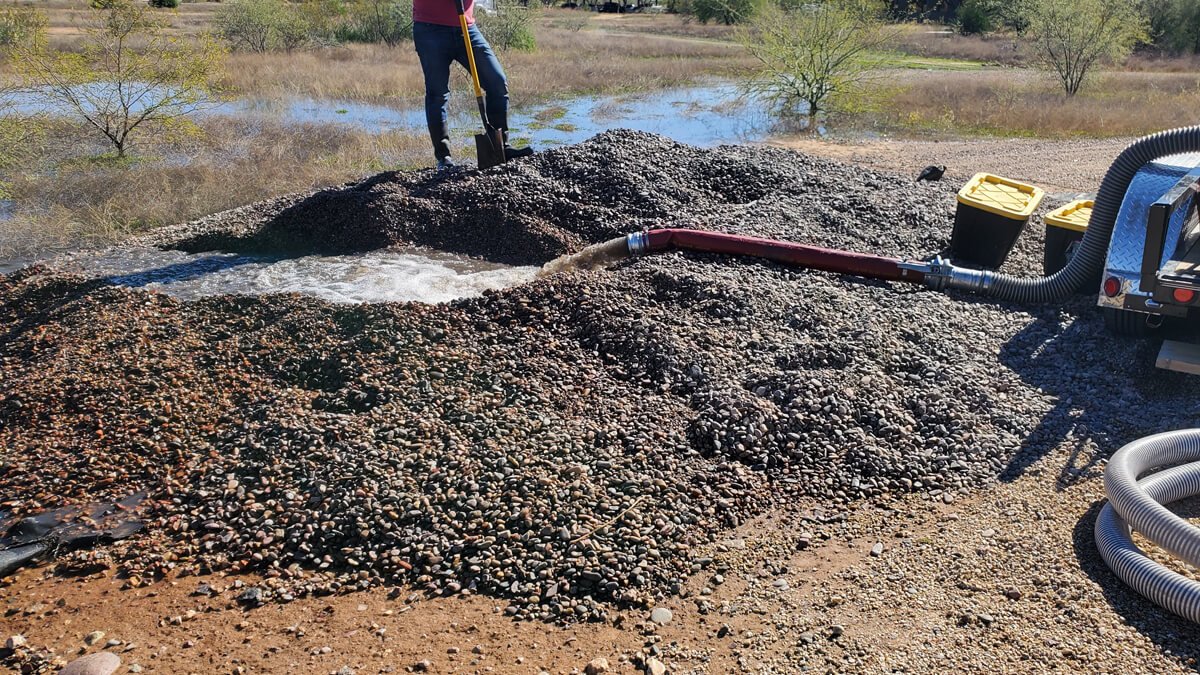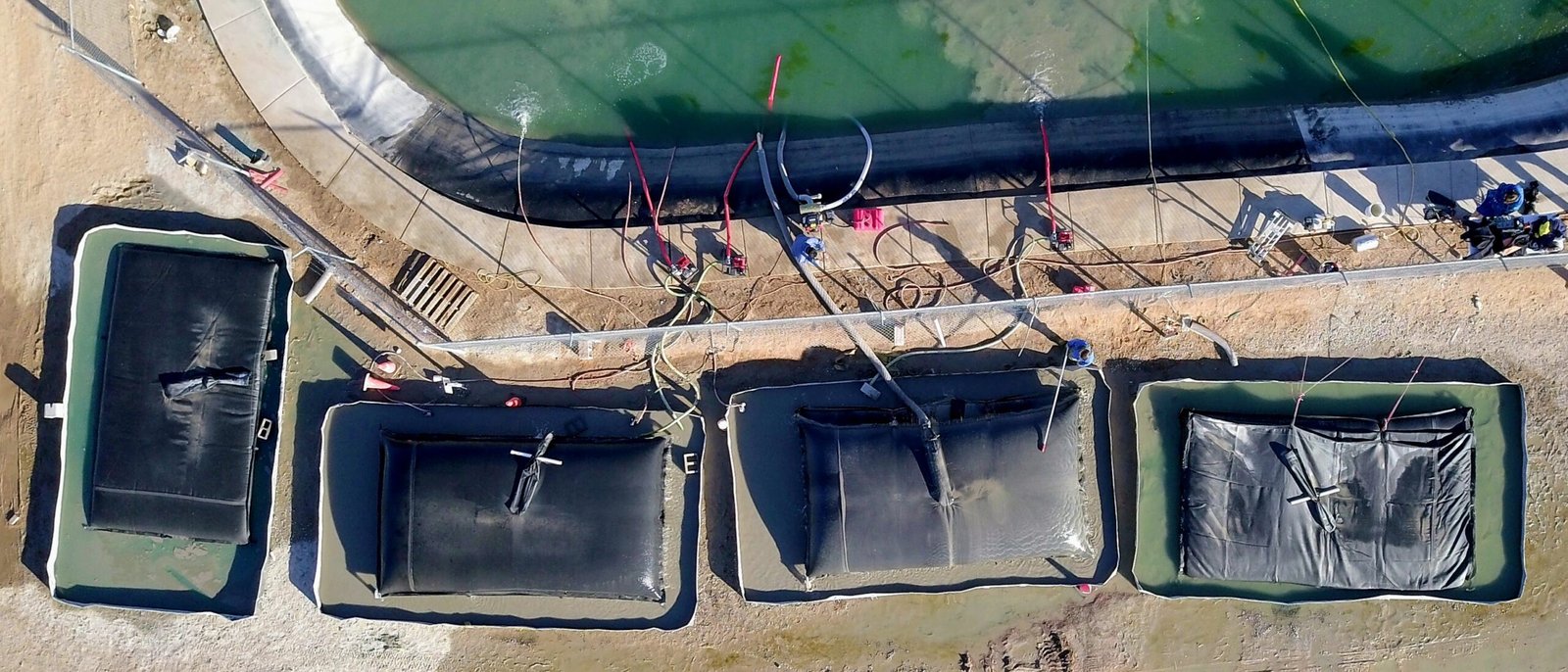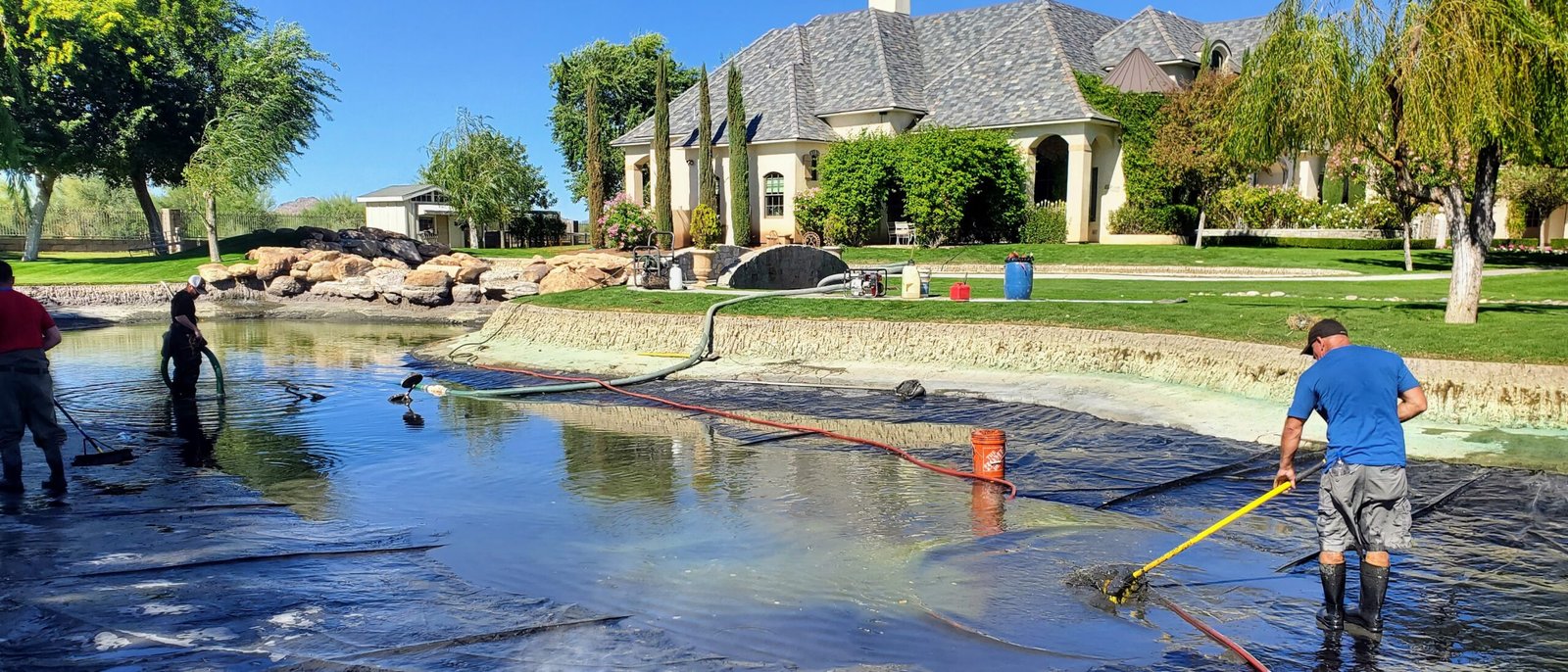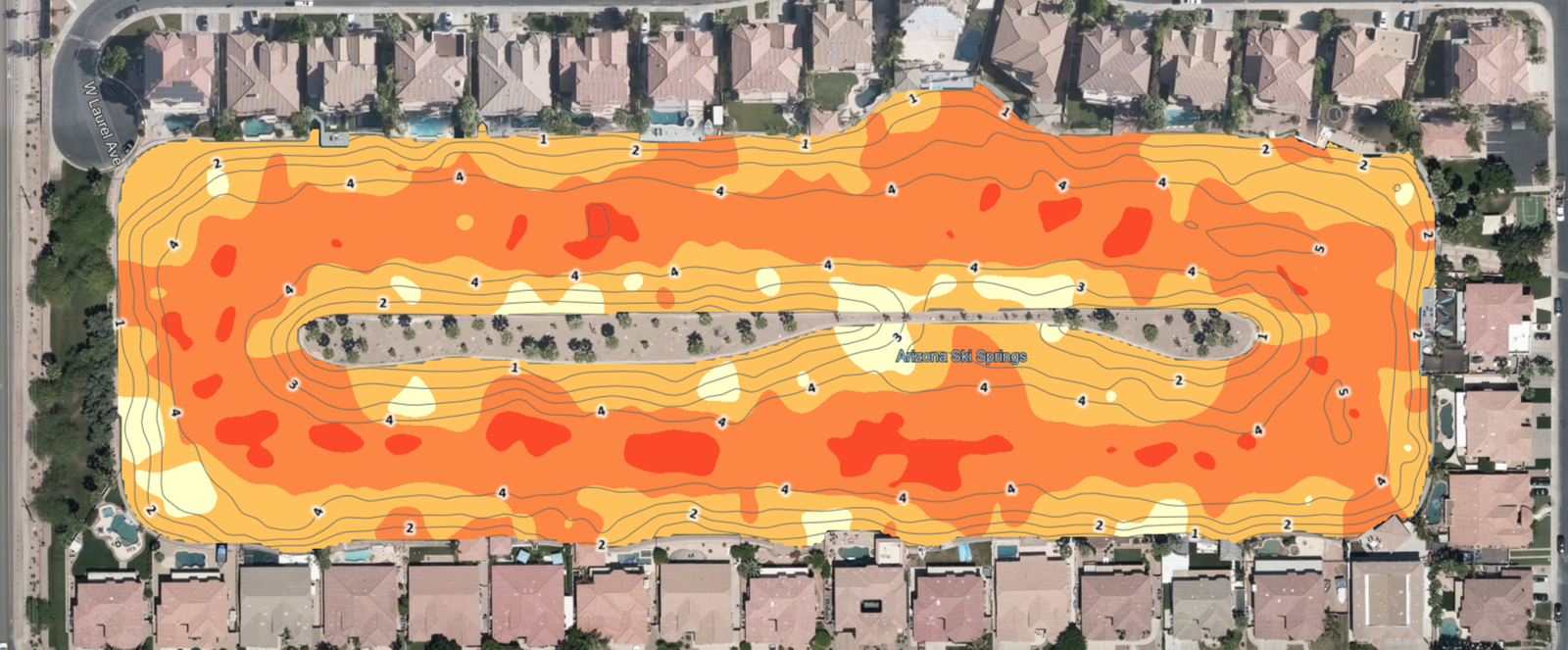
About Us
Trusted Specialists in Lake Restoration and Dredging.
Dredge Diver came to life from necessity, like many great ideas, when my father, Ralph Moody, founded a lake maintenance service in 1982.
I’m Bryan Moody, a certified diver with over 30 years of experience in aquatics and lake management.
After many years, man-made ponds and lakes need proper, targeted dredging—and that’s our specialty.
Our divers and skilled technicians prioritize safety, professionalism, and reliable service above all else. We know how to remove muck and sludge to restore these lakes and ponds to their original condition.
Services
Making sure you have all the services you need for your project.

Hydraulic Dredging
Efficient removal of sediment and sludge to restore your lake or pond’s depth and health.

Drainless Desilt
Remove silt and sediment without draining the lake, keeping your water feature fully functional.

Wet Well Inspection and Service
Comprehensive wet well inspections and maintenance to keep your irrigation pump systems running smoothly.

Specialty Diver Service
Professional underwater inspections, repairs, and maintenance performed by certified and commercial divers.

Heavy Hauling
Safe, reliable transport of dredged material and heavy loads from your site.

Sonar Mapping
We provide accurate underwater maps using advanced sonar technology.

Water Feature Cleanup
Draining and cleaning services to keep your water features fresh and inviting.

Sand and Gravel Pumping
Efficiently removing gravel and heavy sediment to restore proper lake depth and flow.
Testimonial
What Our Clients Are Saying Real Feedback from Lake Owners & Communities






Dredge Diver
Specialized underwater services delivered with safety, accuracy, and efficiency.
Our advanced hydraulic dredging system works like a precise, floating vacuum, pumping sediment to shore for safe dewatering and removal. With minimal disruption to the environment, shoreline, or community, we provide a clean and unobtrusive solution for long-term lake restoration. Whether it’s improving water quality, increasing depth, or preventing future algae problems, we ensure your lake or pond stays healthy, functional, and visually appealing for years to come.







